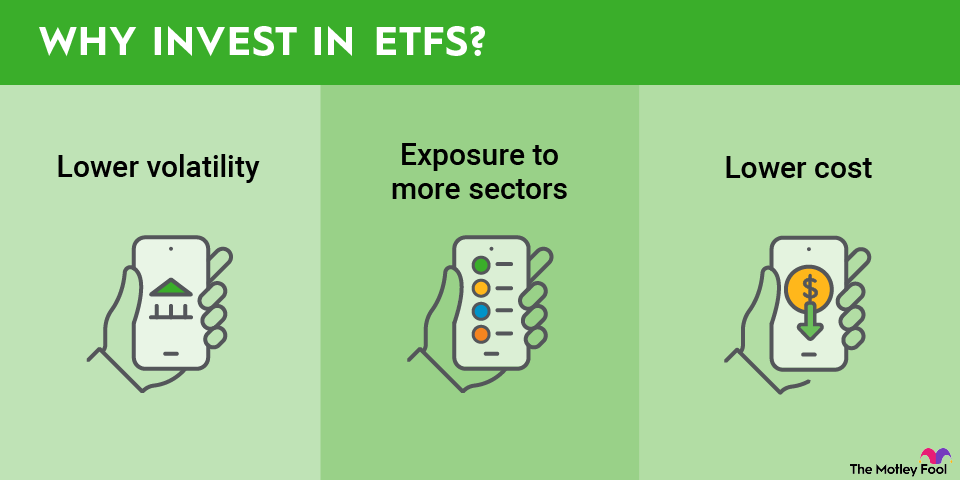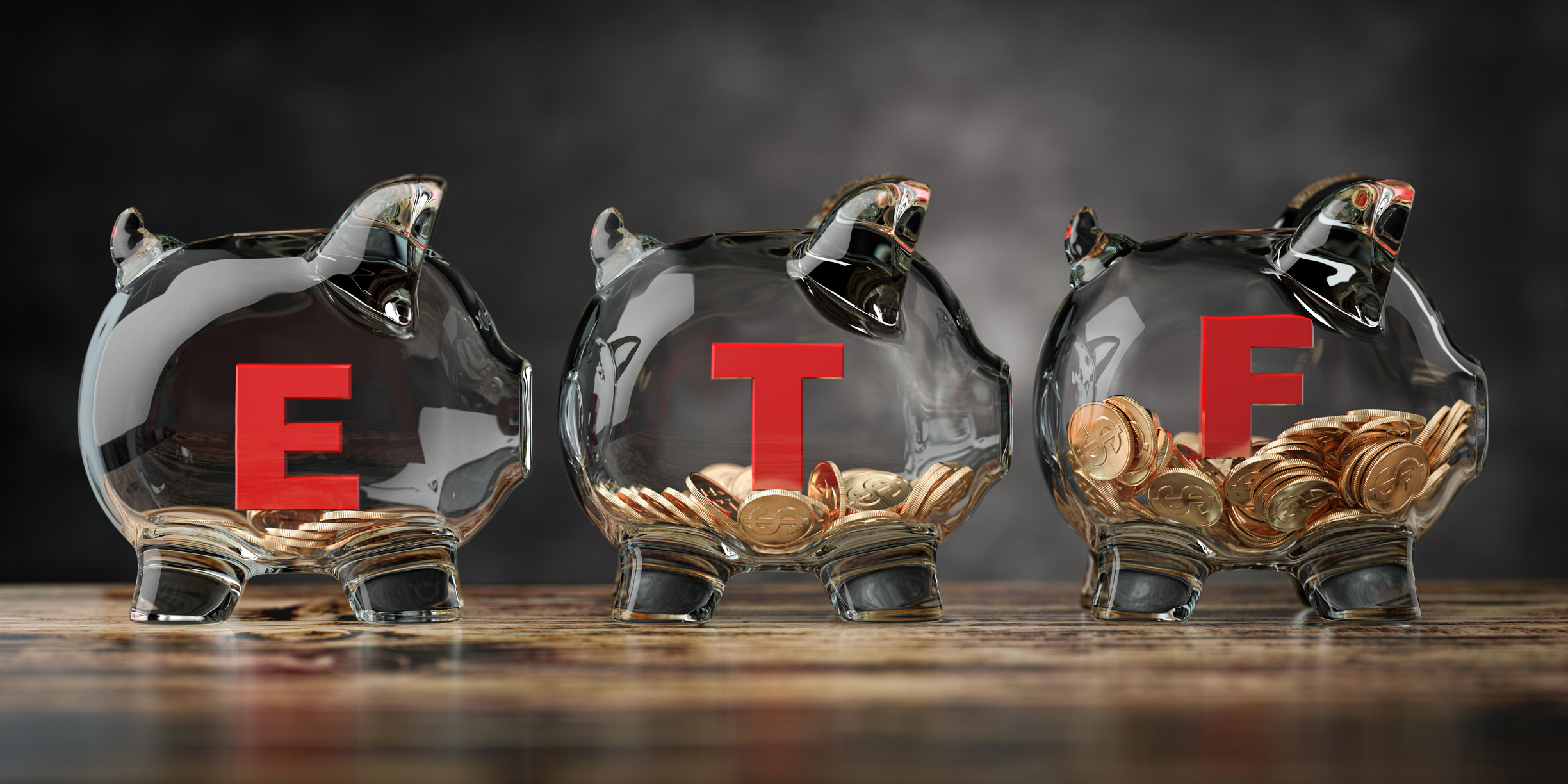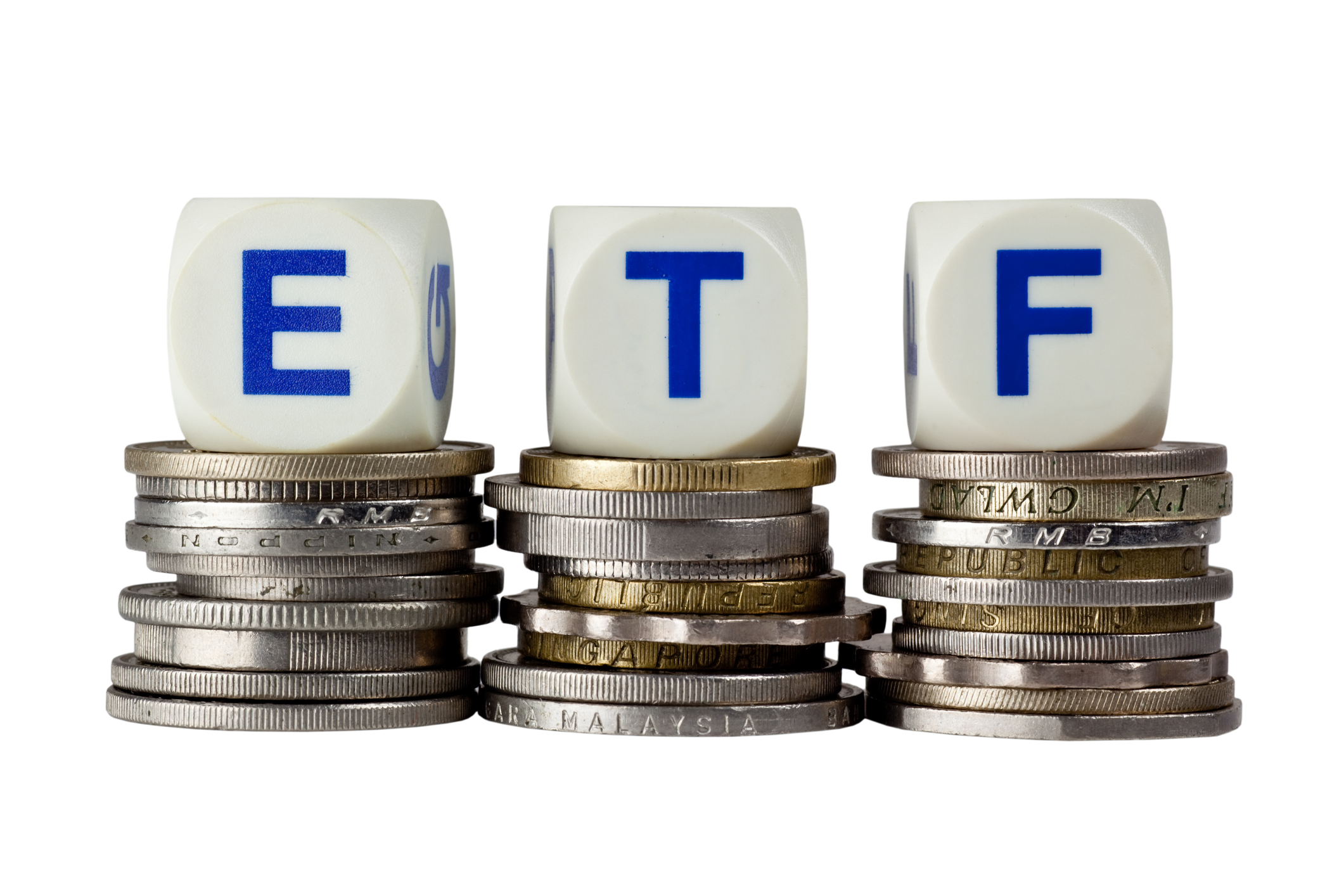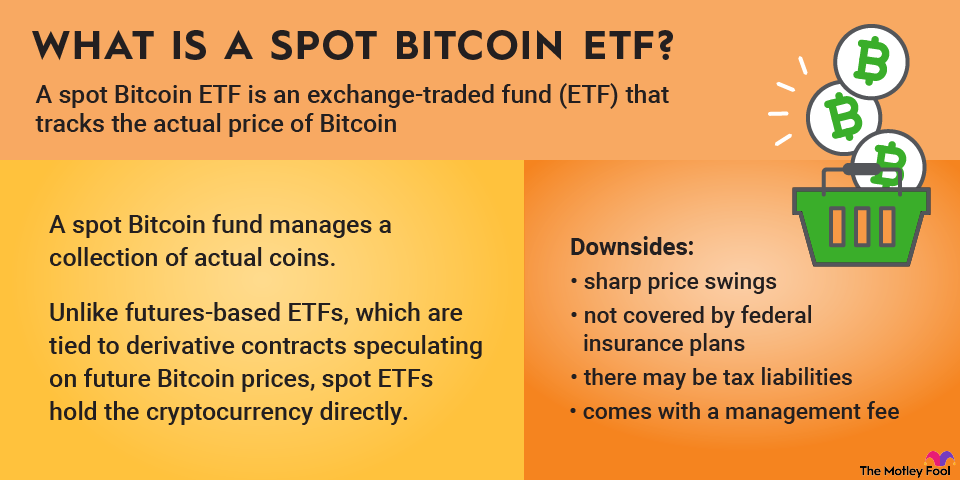While healthcare ETFs mix pharmaceuticals, medical devices, insurers, and biotech, the VanEck Biotech ETF zeroes in exclusively on biotechnology companies. These are firms developing cutting-edge treatments such as gene therapies, cancer drugs, and vaccines.
Exchange-Traded Fund (ETF)
The challenge with individual biotech investing is that it's usually binary. Companies burn cash for years as they grind through Phase 1, 2, and 3 clinical trials, with their fate hinging on make-or-break Food and Drug Administration (FDA) decisions. A single catalyst can send shares soaring or crashing.
In contrast, ETFs like the VanEck Biotech ETF allow investors to spread risk across multiple biotech names, making it a more beginner-friendly way to gain exposure to the space.
What is VanEck Biotech ETF (BBH)?
VanEck Biotech ETF is a passive fund that tracks the MVIS US Listed Biotech 25 Index. It does not actively pick stocks. The index is comprised of companies involved in the development, production, marketing, and sale of drugs based on genetic analysis, as well as diagnostic equipment makers.
These companies work on therapies for conditions such as cancer, rare genetic disorders, autoimmune diseases, and infectious diseases.
The benchmark is market cap-weighted, meaning larger companies -- measured by share price multiplied by shares outstanding -- carry more weight in the fund. It also screens for liquidity to ensure investability. Unlike some biotech ETFs, the VanEck Biotech ETF can include foreign-domiciled companies as long as they are U.S.-listed.
Launched in December 2011, VanEck Biotech ETF has about $357 million in assets under management (AUM). It trades with reasonable liquidity, showing a 0.11% 30-day median bid-ask spread, which represents the average difference between buy and sell prices over that period.
How to buy VanEck Biotech ETF (BBH)
- Open your brokerage account: Log in to your brokerage account where you handle your investments.
- Search for the ETF: Enter the ticker or ETF name into the search bar to bring up the ETF's trading page.
- Decide how many shares to buy: Consider your investment goals and how much of your portfolio you want to allocate to this ETF.
- Select order type: Choose between a market order to buy at the current price or a limit order to specify the maximum price you're willing to pay.
- Submit your order: Confirm the details and submit your buy order.
- Review your purchase: Check your portfolio to ensure your order was filled as expected and adjust your investment strategy accordingly.
Holdings of VanEck Biotech ETF (BBH)
As its benchmark index suggests, VanEck Biotech ETF is a concentrated fund, holding just 25 biotech companies. Valuations across the portfolio are moderate, with an average trailing-12-month price-to-earnings (P/E) ratio of 22.14 and a price-to-book (P/B) ratio of 4.18. The fund skews toward the largest players in the industry, reflected in its weighted average market cap of $68 billion.
What is VanEck Biotech ETF's expense ratio?
VanEck Biotech ETF's expense ratio is 0.35%, or $35 annually for every $10,000 invested. This is standard for sector and industry-specific ETFs, and the cost is automatically reflected in the fund's net returns.
Expense Ratio
Historical performance of VanEck Biotech ETF (BBH)
Metric | 1 YR | 3 YR | 5 YR | 10 YR |
Net Asset Value | -8.18% | 4.82% | 1.02% | 3.17% |
Market Price | -8.09% | 4.79% | 1.04% | 3.18% |
The bottom line on VanEck Biotech ETF (BBH)
VanEck Biotech ETF is a concentrated play on biotech's biggest names. With only 25 holdings, it leans heavily on established leaders like Amgen, Gilead, Vertex, and Regeneron. That focus not only gives it stability compared to small-cap biotech funds but also means less exposure to the explosive gains that early-stage players can deliver.
The dividend is negligible, and while the expense ratio is fair, this is not a fund built for income. VanEck Biotech ETF is best used by investors who want a straightforward way to own the sector's top companies and are comfortable trading some growth potential for reduced volatility.













